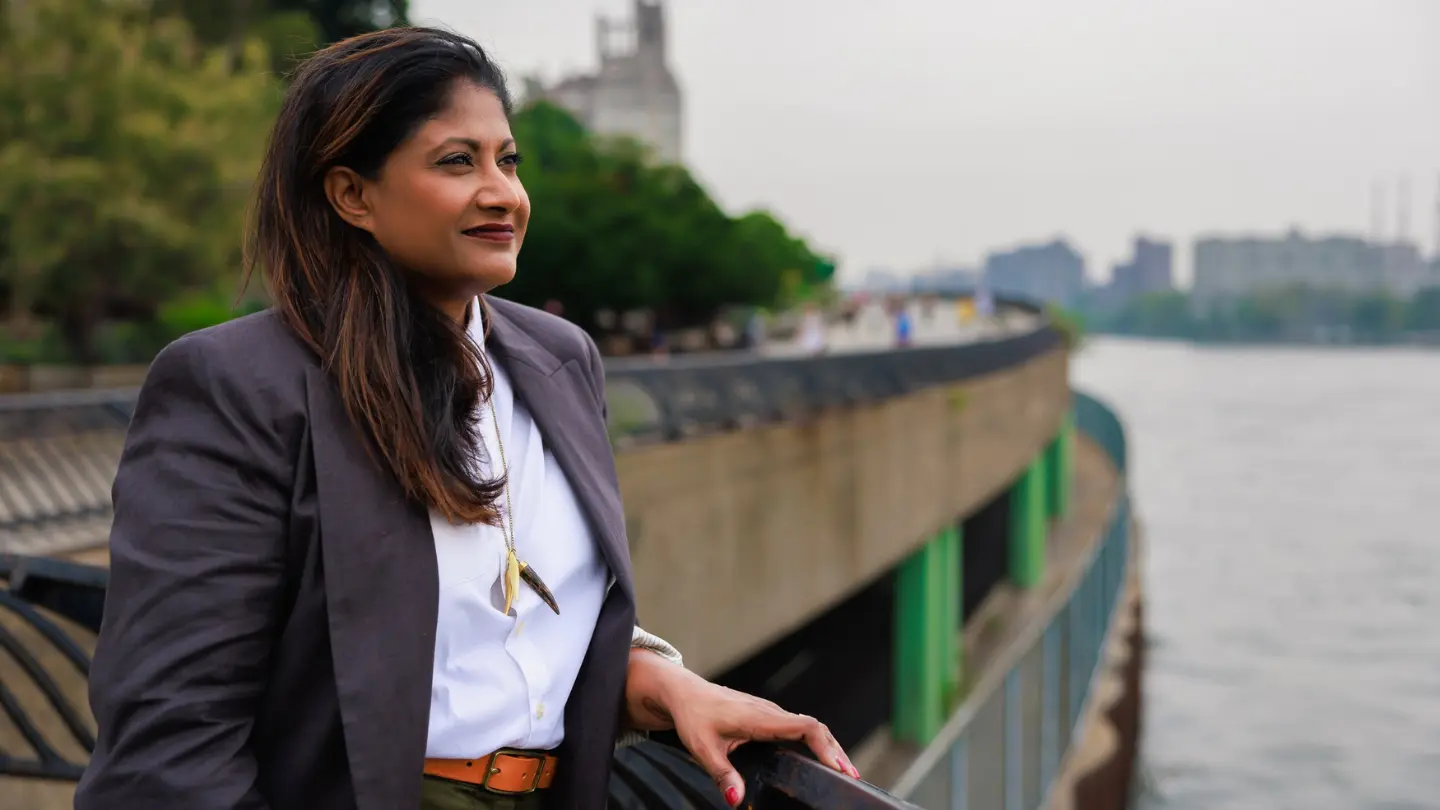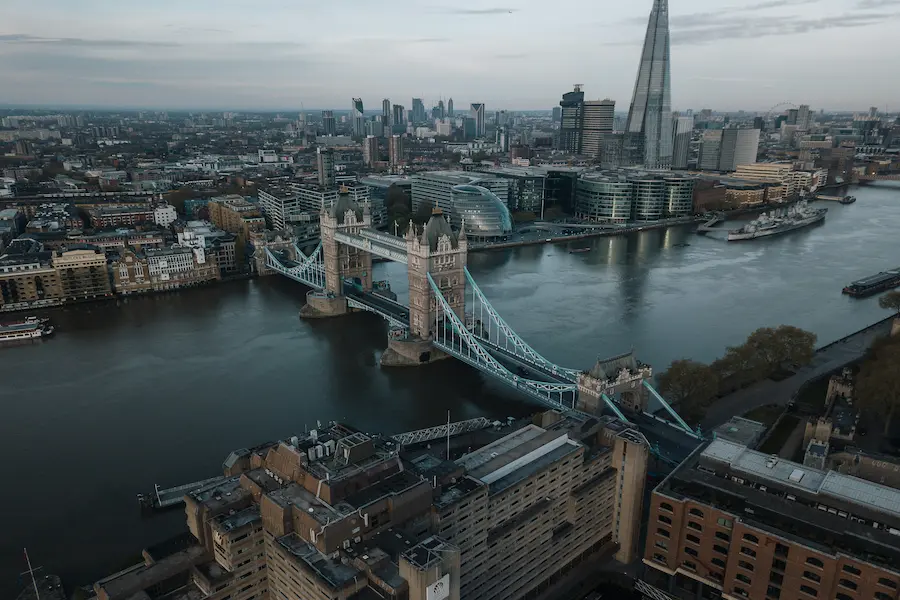Thought-leadership strategy for sustainability leaders

How to gain authentic visibility
The sustainability leadership space is crowded. From corporate pledges to green innovations, voices clamour for attention – and as such, many are drowned out. Developing an effective thought-leadership strategy is essential for sustainability leaders who want to stand out in this overpopulated space. With greenwashing accusations and misinformation at an all-time high, leaders looking to make an impact need more than just well-intended messaging. They need authenticity.
True leaders in the environmental space don’t just talk about green issues. They shape the conversation, set the agenda and take bold action. So how do the most influential voices in leadership and sustainability achieve cut-through?
Lessons from leading green thinkers
Let’s examine how these influential figures have built their thought-leadership strategy to drive authentic change. The most powerful sustainability influencers stand out not by blending in, but by leading with conviction. Consider these five changemakers:
Christiana Figueres – The Architect of the Paris Agreement
We all know and love former UN climate chief, Figueres. She drove the historic 2015 Paris Agreement by combining relentless optimism with hard pragmatism. She coined the term stubborn optimism – a mindset that turns climate despair into action. Instead of merely reporting on climate challenges, she influences world leaders to think differently and act decisively.
Kate Raworth – Rethinking growth with doughnut economics
Raworth’s economic model, Doughnut Economics, redefined success beyond GDP, urging businesses and governments to operate within planetary and social boundaries. Instead of critiquing the status quo, she built a compelling alternative framework – one that’s been embraced from Amsterdam to Costa Rica.
Clover Hogan – Turning eco-anxiety into climate action
Hogan founded Force of Nature to empower young people overwhelmed by climate anxiety, turning their fear into meaningful action. Instead of accepting climate despair, she’s built a global movement equipping the next generation with tools to create tangible change – shaping the conversation and delivering impact from boardrooms and classrooms to TED talks and the UN.
Brianna Fruean – Raising Pacific voices on the climate frontline
Fruean has been a leader of the Samoan environmental movement since she was 11 years old and started to notice subtle changes to the island she lived on. At 16, she made history as the youngest ever winner of the Commonwealth Youth Award, which recognised her role in amplifying the voice of young Pacific people on climate change. Her courage in speaking out fearlessly at such a young age resonated deeply, inspiring countless others to join her fight. She also knows how to use every platform she can to effectively deliver her message with conviction.
Robin Wall Kimmerer – Recasting nature as kin, not commodity
Kimmerer is a plant ecologist, Indigenous knowledge holder and author of Braiding Sweetgrass, a book that’s quietly become a touchstone for the climate movement. Weaving science with stories from her Potawatomi heritage, she reawakens readers to the power of reciprocity, respect and relationship with the natural world. Her work has inspired a generation of environmental thinkers to see nature not just as a resource – but as kin.
These leaders succeed because they do more than talk about sustainable leadership – they live and shape it.
Four pillars to improve your approach to thought leadership
The following four pillars form the foundation of any successful thought-leadership strategy in sustainability. If sustainability leaders want to stand out, build trust and drive change, they must do more than share green updates. They must show credibility, consistency and courage. Here’s how:
1. Take a stand – even when it’s uncomfortable
The most authentic voices in sustainability leadership aren’t afraid to challenge the norm. They take bold, clear positions, even when those views may be controversial. At Greenhouse, we’ve worked with organisations that aren’t afraid to push boundaries – from holding businesses accountable for their climate impact to reshaping the way industries think about environmental leadership programmes.
Greenhouse partnered with Business for Nature to launch the ‘Make It Mandatory’ campaign, advocating for mandatory nature assessment and disclosure in the Global Biodiversity Framework. This bold stance challenged existing voluntary measures, pushing for stronger commitments from businesses and governments to protect biodiversity.
2. Show, don’t just tell
A sustainability programme isn’t enough – leaders must demonstrate their impact with real action. That means being transparent about successes and setbacks, ensuring messaging is backed up by credible, tangible proof points.
To address the lack of trust in the voluntary carbon market, Greenhouse worked with The Integrity Council (ICVCM) to launch the Core Carbon Principles (CCPs) rulebook. This initiative sets rigorous standards for high-quality carbon credits, demonstrating a tangible commitment to ensuring real, verifiable climate impact.
3. Make sustainability relatable and human
Technical reports and policy papers rarely move the needle. The best sustainable leaders connect on a human level – using storytelling and lived experiences to make environmental challenges real, urgent and actionable.
Greenhouse partnered with One Acre Fund to shine a light on the overlooked role of smallholder farmers in the climate finance debate. At the heart of the campaign was a human story that millions of farmers adapting their practices to cope with the climate crisis and do so without the support they need. By placing smallholders at the centre of the narrative. we reframed the issue in human terms with standout cut-through across all channels, reaching an estimated 190 million people, elevating smallholder voices and positioning One Acre Fund as a leading advocate for climate justice in agriculture.
4. Be transparent – own your imperfections
No organisation or leader has all the answers. The strongest sustainability opinion leaders listen to learn, share how they’re improving and admit when they fall short. That level of honesty builds credibility and sets a higher industry standard.
Case study: First 100 days as a CEO: a journey to regenerating the food system
Greenhouse supported Richard Zaltzman, the incoming CEO of EIT Food, to support with a programme that involved a road tour of listening to colleagues and meeting food system partners for his first 100 days at the helm. He set out to engage in over 100 meaningful conversations with various stakeholders, colleagues, partners, and community members alike, to help broaden his understanding of the trajectory of EIT Food. This vision of regenerative and forward-thinking leadership – with listening, learning and transparency at its heart – helped create a sense of unity and collaboration. It also underpins EIT Food’s commitment to fostering a regenerative culture, creating a deep foundation of trust and collaboration.
The Greenhouse approach: making leaders heard
At Greenhouse, we’ve spent decades helping businesses and organisations gain authentic visibility as sustainability thought leaders. We know that true integrity comes not from broadcasting green credentials, but from shaping the sustainability conversation itself.
By implementing a thought-leadership strategy that emphasises authenticity, action and human connection, sustainability leaders can truly influence the conversation and drive meaningful change.
If you’re a business leader looking to strengthen your thought leadership, let’s talk. We can do the heavy lifting to raise your profile. We can help get your voice heard where it matters most. Following a simple audit of what you’re already doing, we can provide a clear and actionable strategy that helps you create more impact and deliver the change you’re seeking.
Get in touch to discover how Greenhouse can help you build visibility, credibility and impact.


